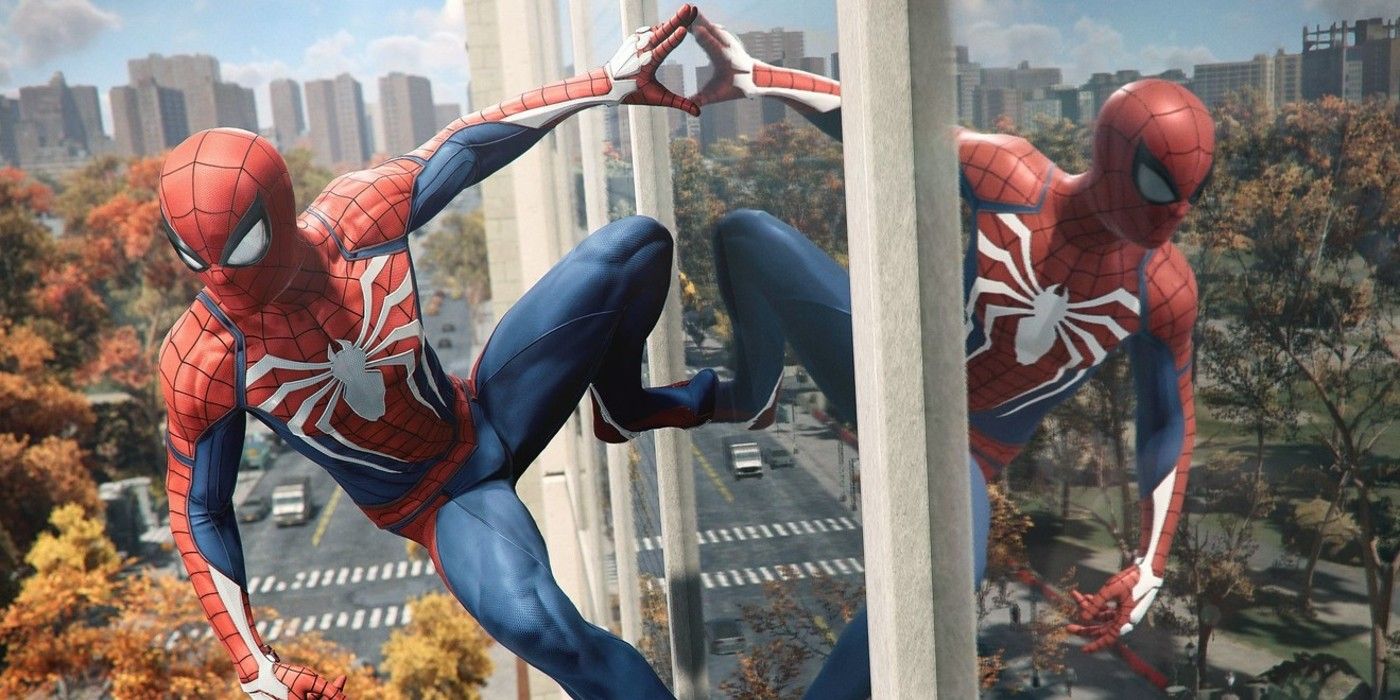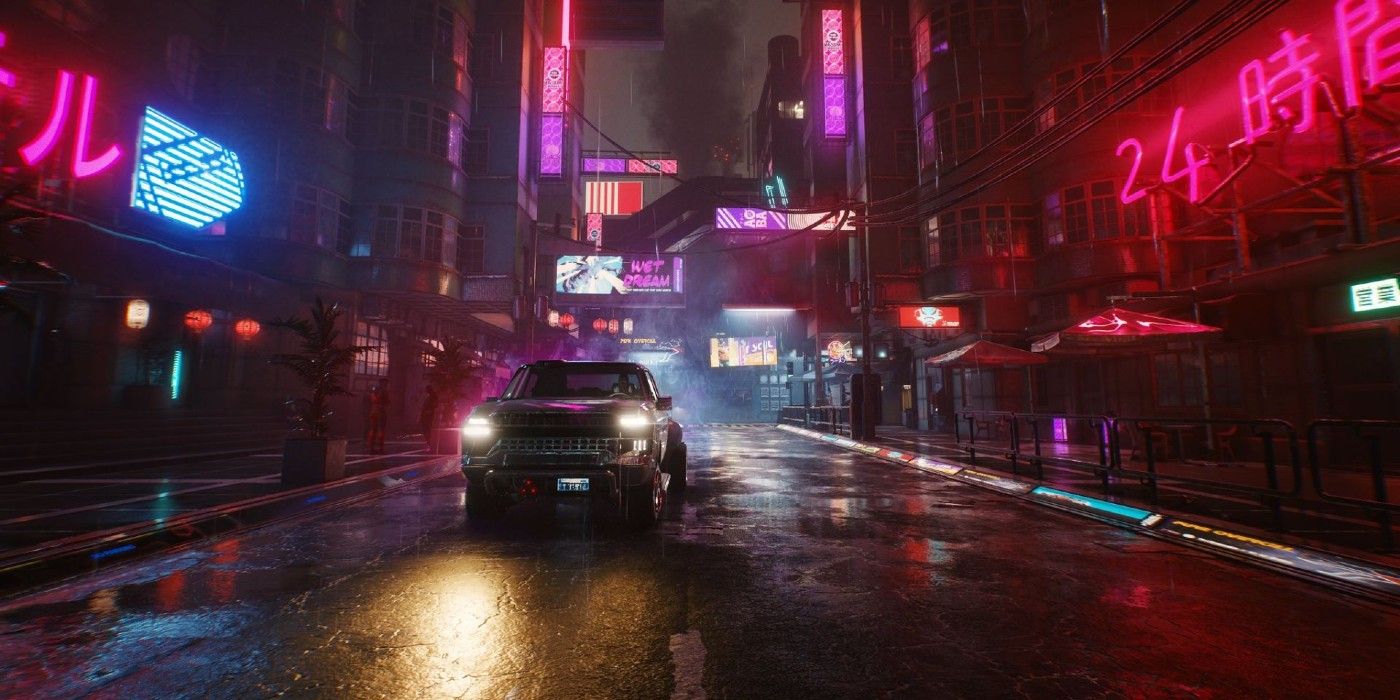As do several modern gaming devices, the PlayStation 5 boasts ray tracing support, but many players may not know the benefits of this technical-sounding buzzword. Sony has used the inclusion of ray tracing as a selling point for its newest console, along with its new DualSense controller's capabilities and the PS5's quick SSD load times. The PS5's ray tracing is a method of delivering better in-game lighting effects, and it is very different from how games previously processed light.
Leading up to the introduction of ray tracing, lighting effects were typically created using a process called rasterization. Rasterization involves taking 3D objects in a game world and converting them into 2D pixels to display on a player's screen. Designers then add pixel processing (essentially, shading) into the scene, which changes the lighting and color of objects depending on where they are positioned in relation to the camera or predetermined light sources.
Past PlayStation games have used rasterization to great effect. The graphics of titles like Horizon Zero Dawn and God of War include impressive lighting effects that add beauty and realism to their worlds. The problem with rasterization is that it requires lighting effects to be prerendered into a scene, causing them to remain static in changing environments. If a hole gets blown into the roof of an in-game building, sunlight will not filter through that hole unless a developer programmed it to beforehand. Preprogrammed effects can look convincing, but they aren't able to capture the dynamic nature of real-life light.
Ray Tracing Brings Better Lighting Effects To PS5
Ray tracing fixes this issue by allowing developers to create realistic lighting effects and shadows that can automatically change as the environment changes. Ray tracing works by simulating the way light rays behave in the real world through an algorithm that traces the direct path a beam of light would actually take. This allows PS5 game designers to boost graphics with virtual light rays that create accurate reflections, bounce off surfaces correctly, and produce deeper shadows, all in real time.
The ability to use ray tracing in video games is relatively new. It's quite taxing on computer hardware, so it didn't become widely implemented until 2019. Even then, only high-end PCs could support it, and only a limited amount of games provided it as an option. Now, both the PlayStation 5 and Xbox Series X/S are capable of ray tracing support, meaning players don't have to shell out large amounts of money to see these new lighting effects in action.
Ray tracing has been included in a number of PS5 games up to this point, such as Control: Ultimate Edition and Resident Evil Village. The realistic lighting of ray tracing is usually only available in games' Fidelity modes, which favor higher graphical quality with lower frame rates. Developers like Insomniac Games have been able to strike a balance of high frame rates and lower-detail ray tracing, however, such as in the Performance RT mode of Spider-Man: Miles Morales and Ratchet & Clank: Rift Apart. Ray tracing's availability on PlayStation 5 opens up many exciting graphical possibilities, and it will be exciting to see how developers continue to utilize the feature to create more beautiful game worlds.


